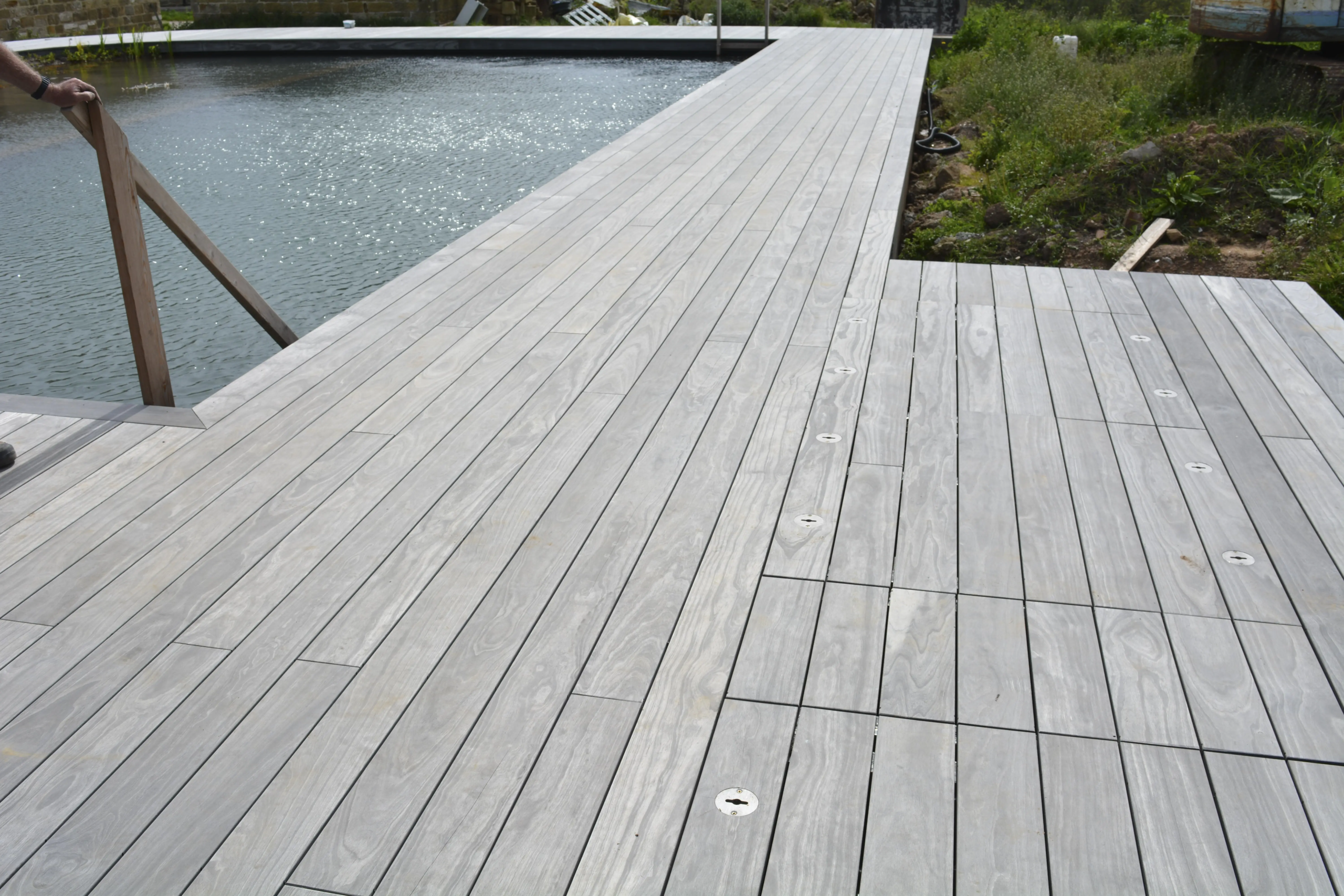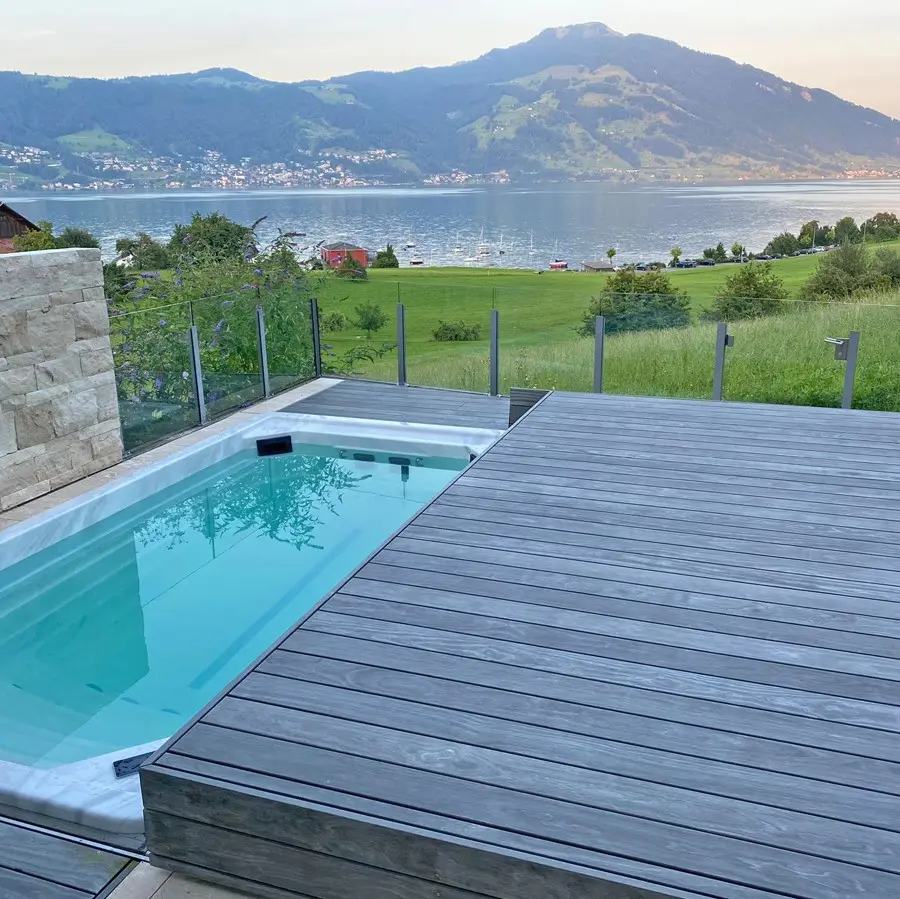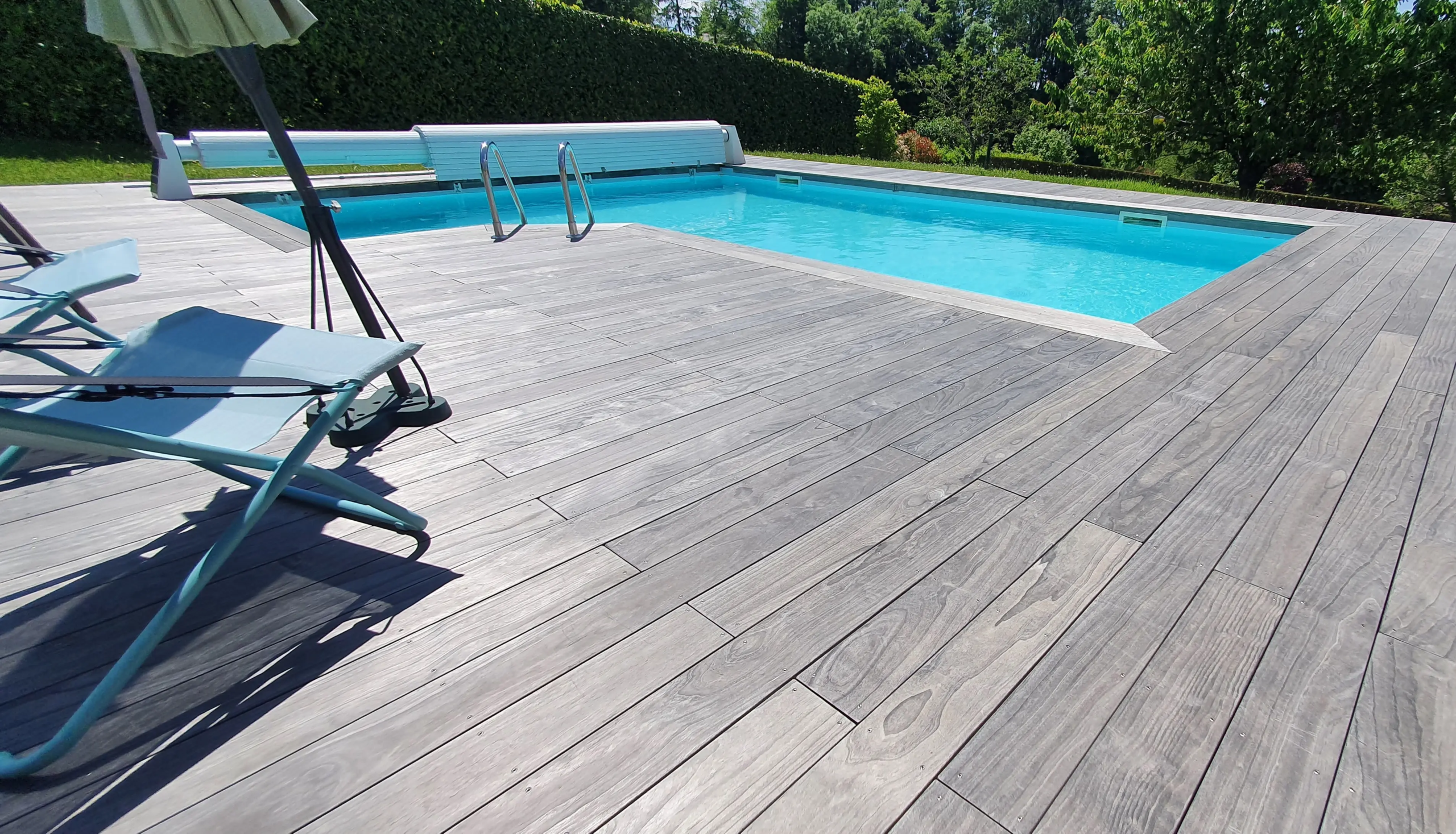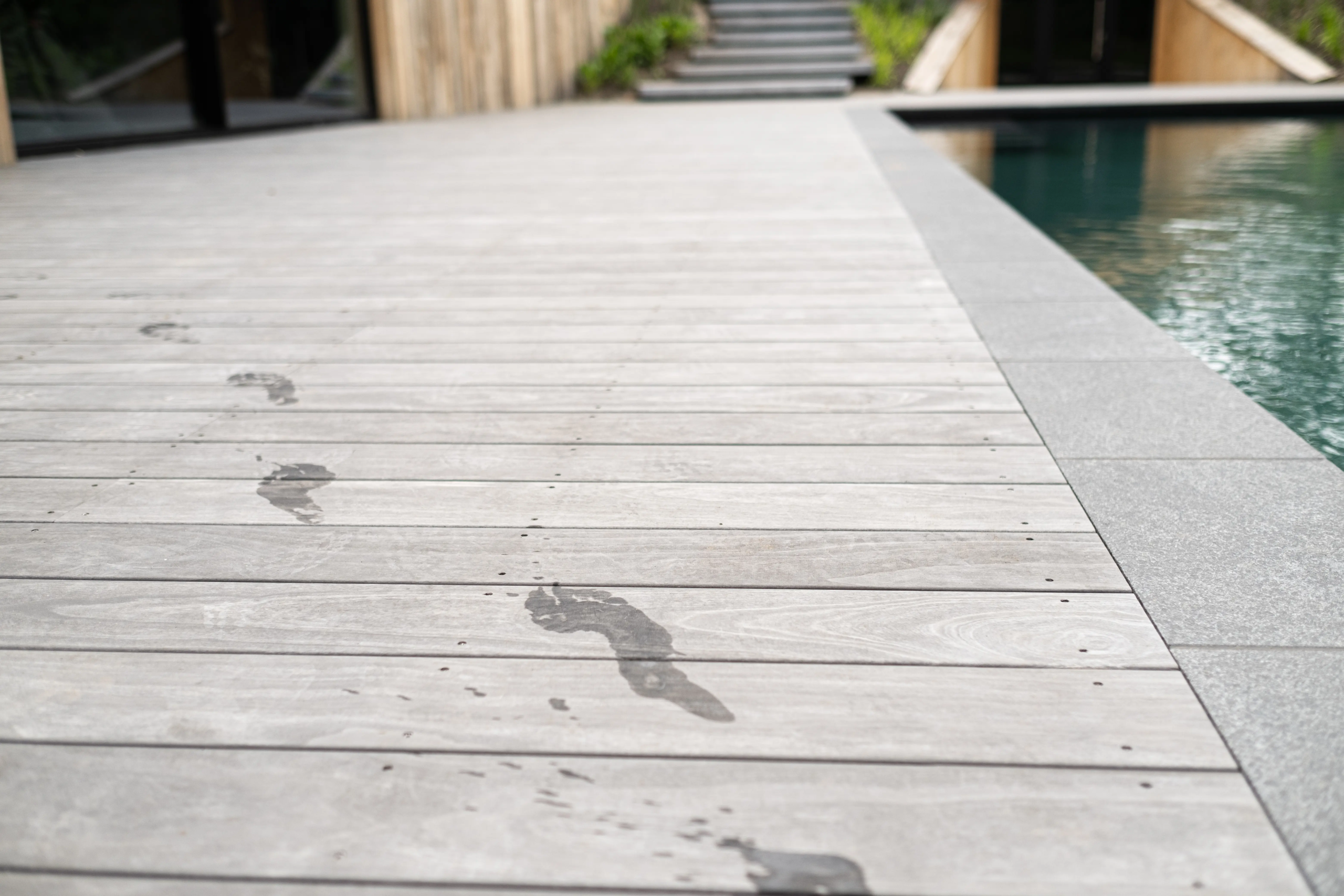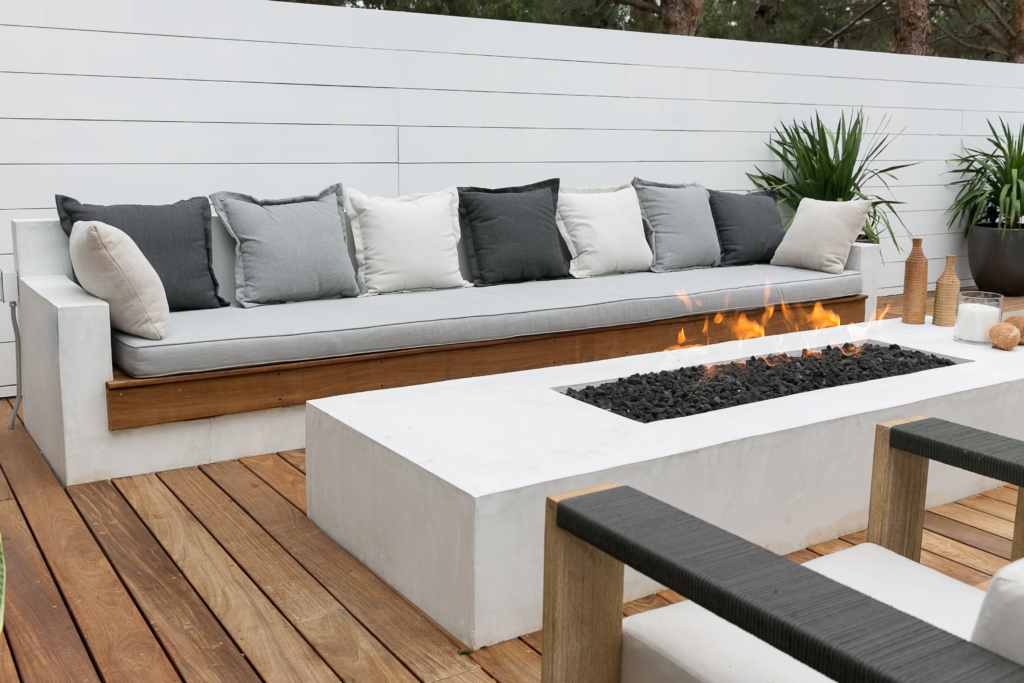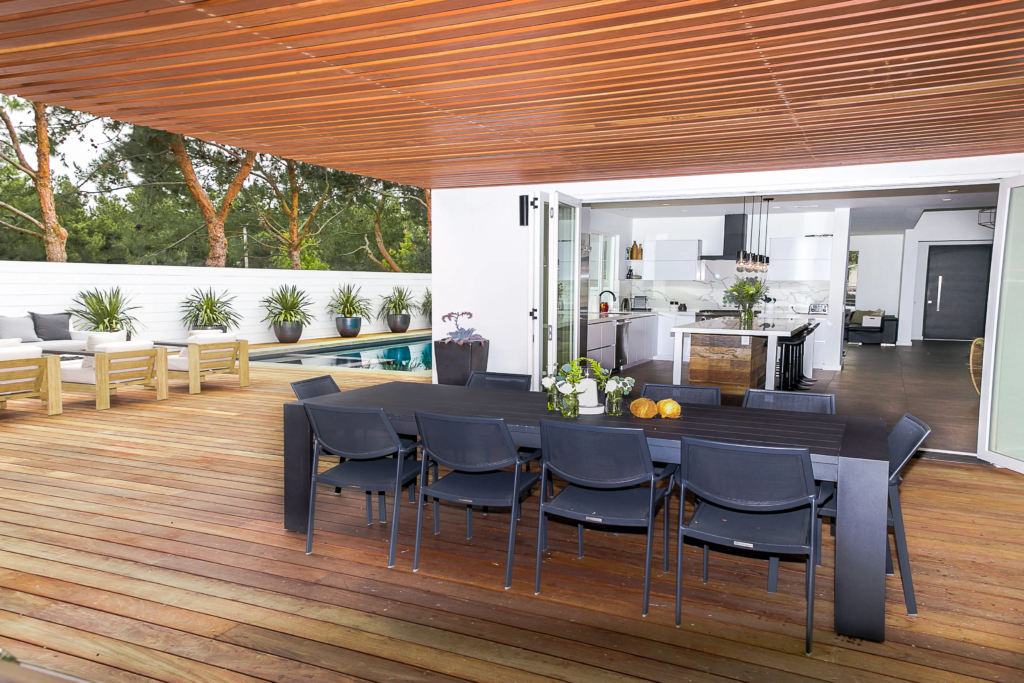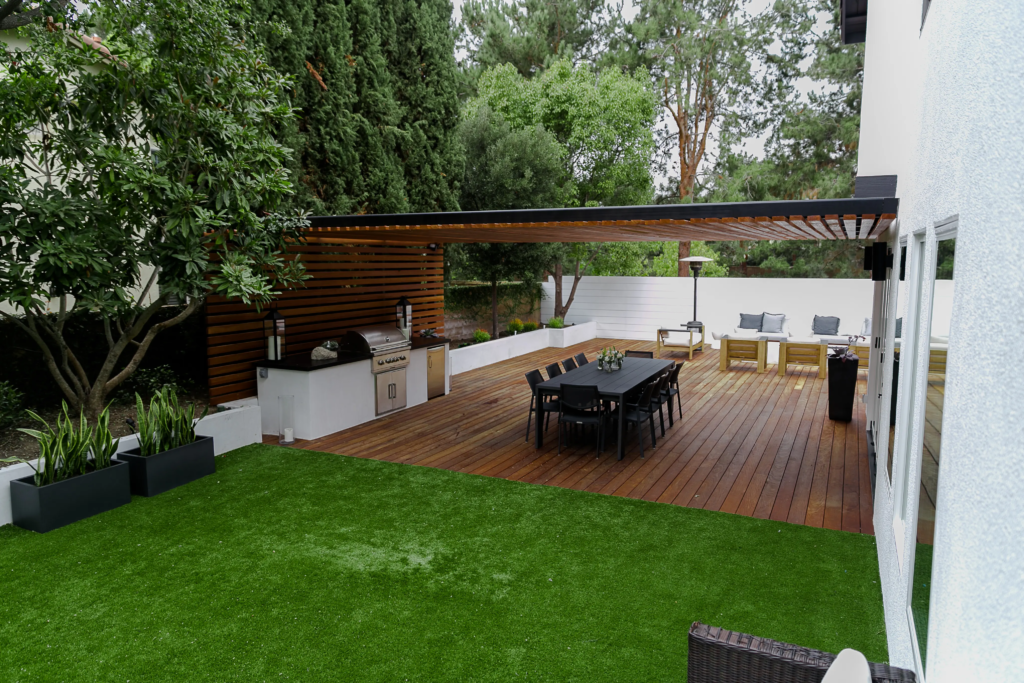-
shop
Hardwoods
Composite & PVC
Thermally modified
Hardwoods
Composite & PVC
Thermally modified
-
GALLERY
-
RESOURCES
Tropical hardwoods are in a league of their own. Grown in dense, high-humidity environments like South America and Southeast Asia, these species are naturally built to endure heat, moisture, insects, and time. Their tight grain and exceptional density make them some of the toughest, longest-lasting materials available for outdoor use. Every board we carry is FSC-certified and kiln-dried, ensuring stability, strength, and performance from day one. While domestic softwoods like cedar, redwood, and cypress are commonly used, they come from temperate climates and simply don’t match the durability or lifespan of tropical hardwoods. If you're building something meant to last, start with the material nature made to handle the extremes.
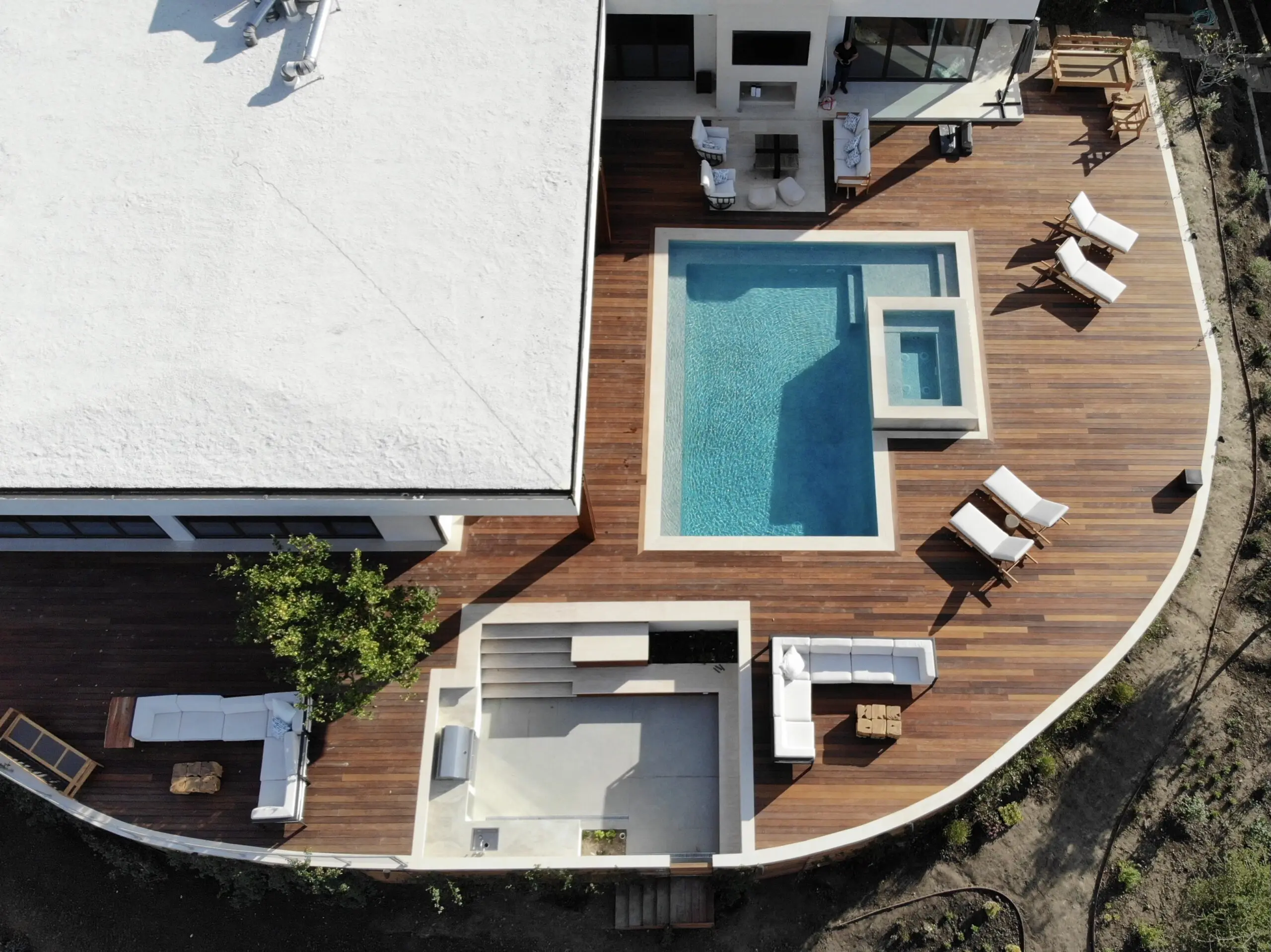
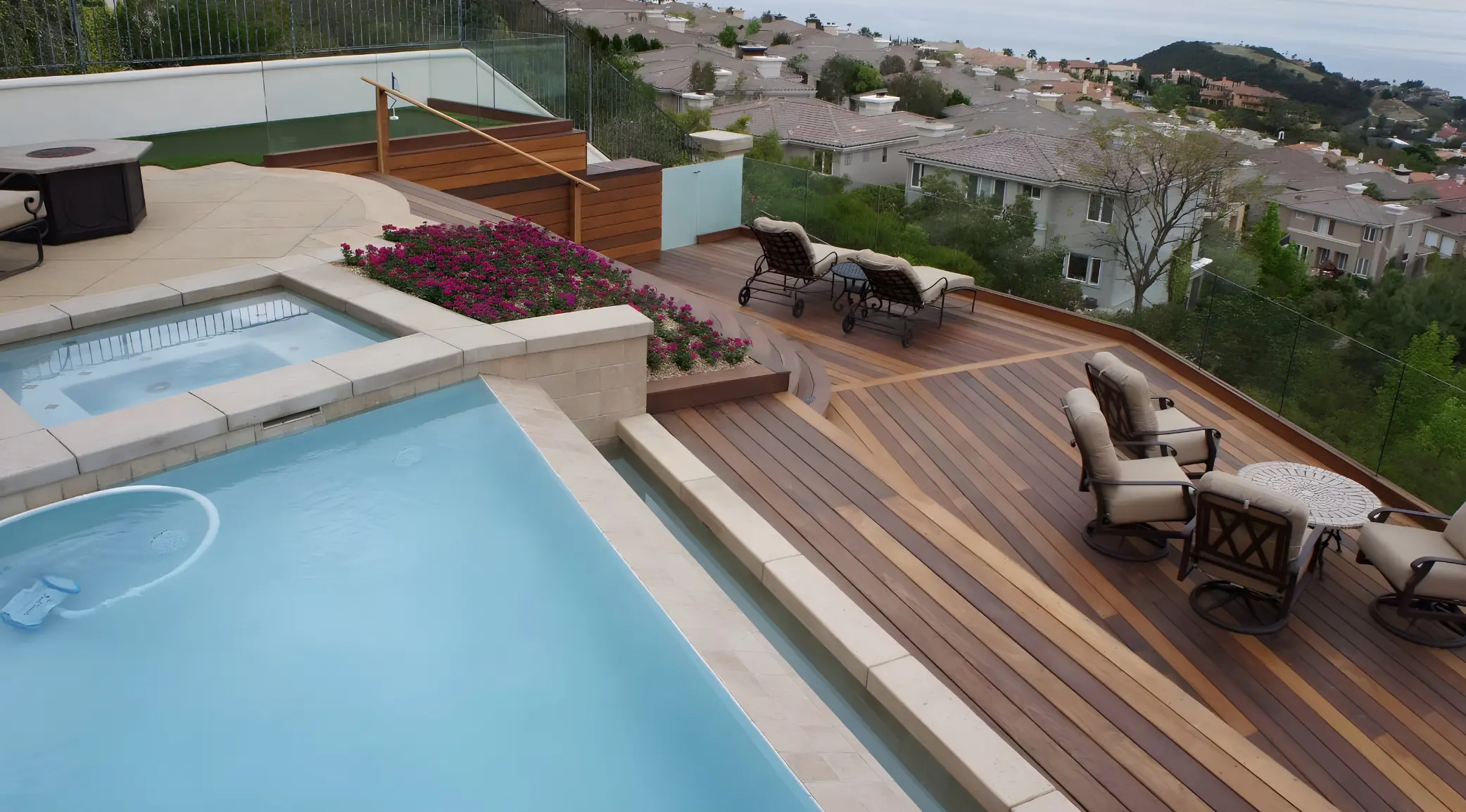
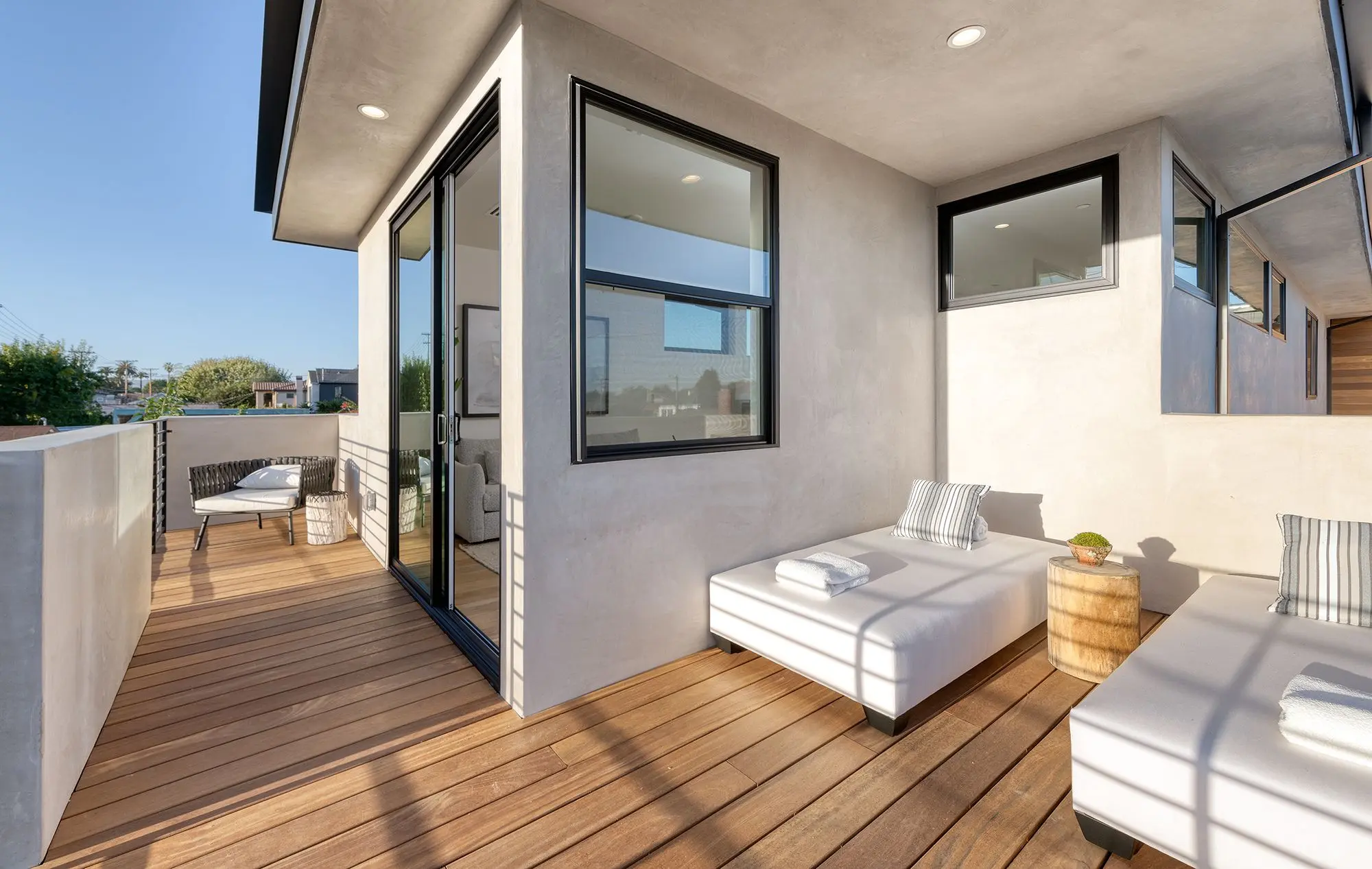
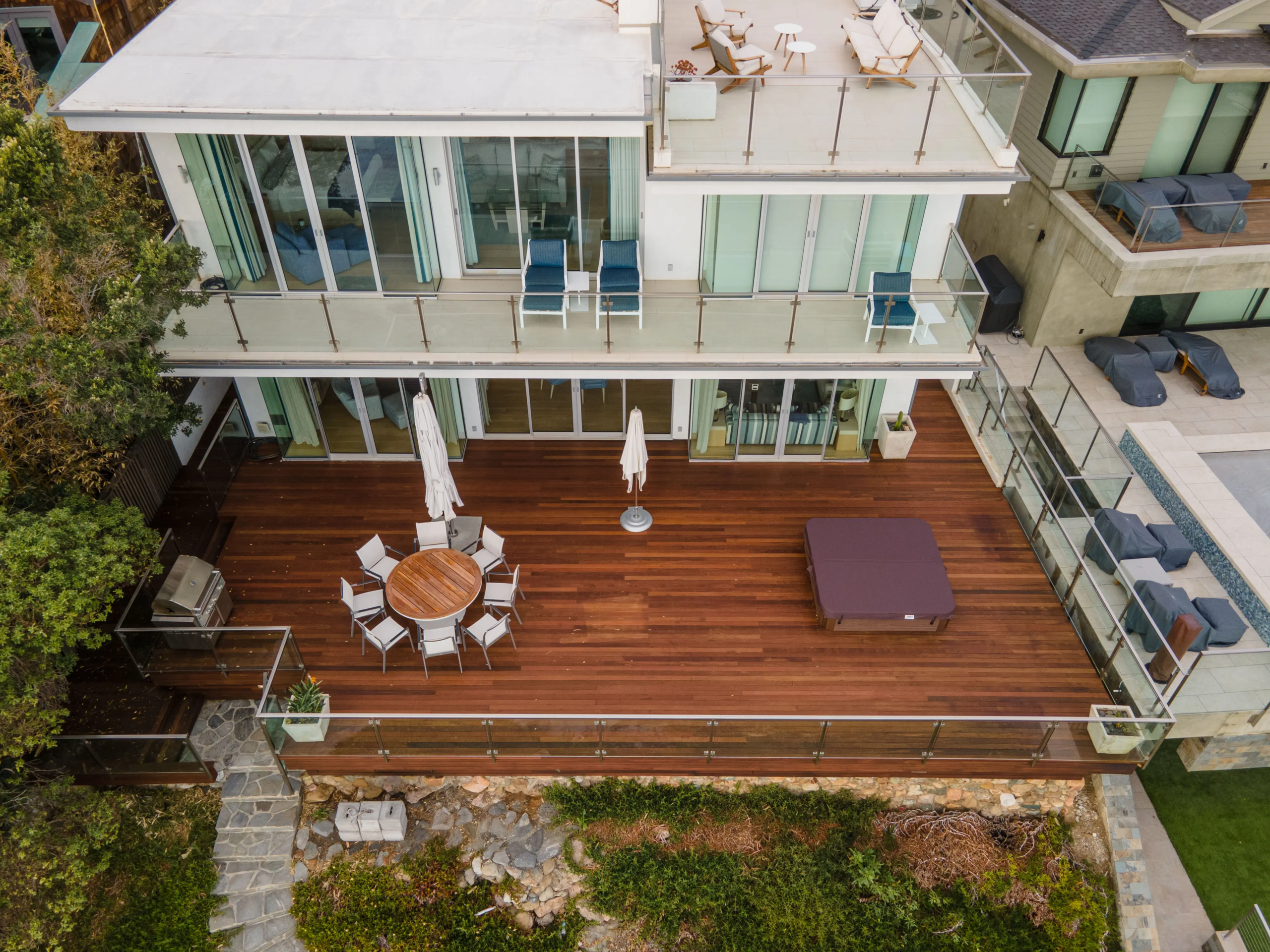




Composite decking has redefined what low-maintenance outdoor living can look like. These boards are engineered to take on the elements — resisting moisture, UV exposure, staining, and wear without the upkeep real wood demands. Made from recycled materials and advanced polymers, composite decking is dimensionally stable, long-lasting, and consistent in color and performance. It’s a smart, durable option for homeowners and builders who want the look of wood without the sanding, sealing, or splinters.
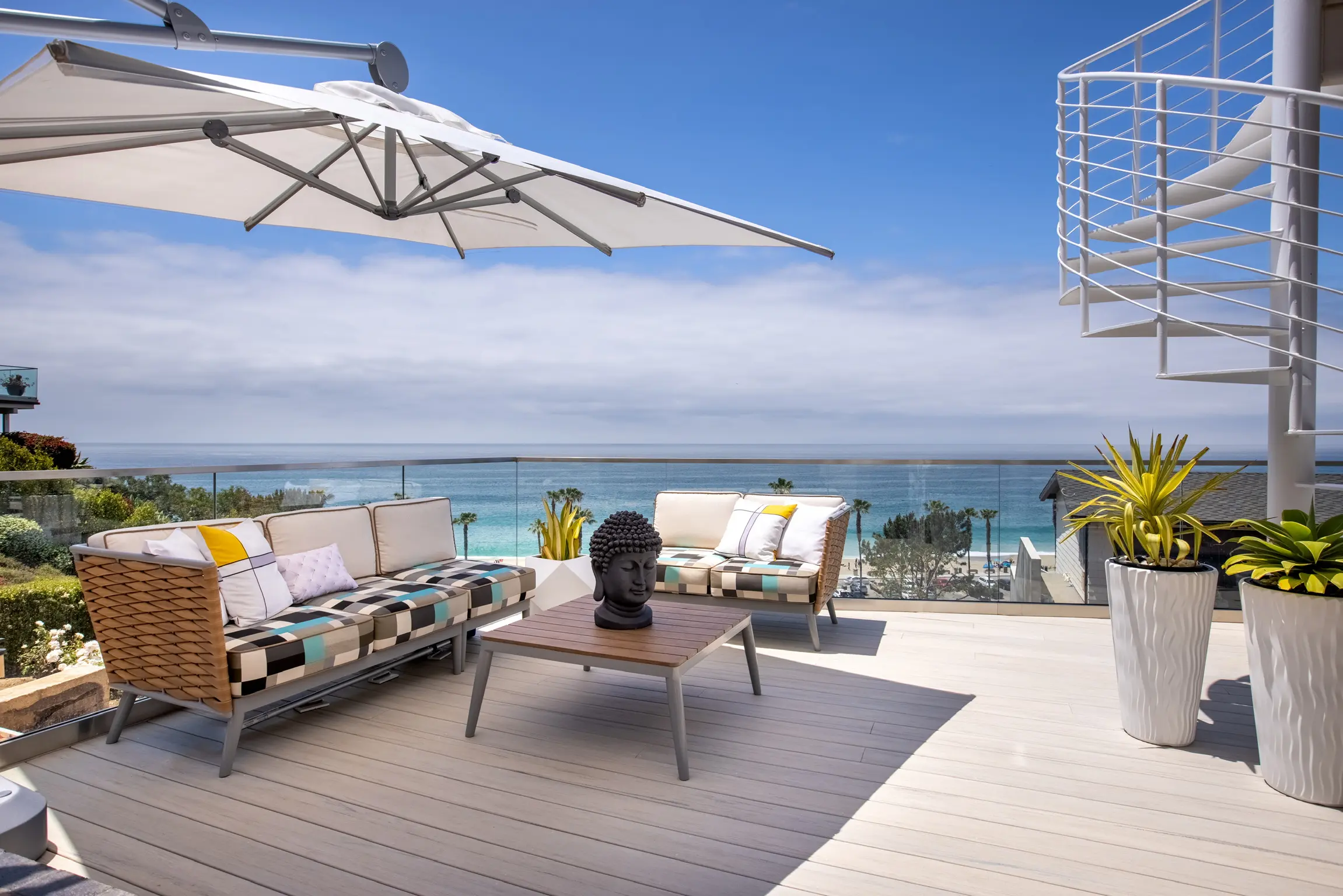
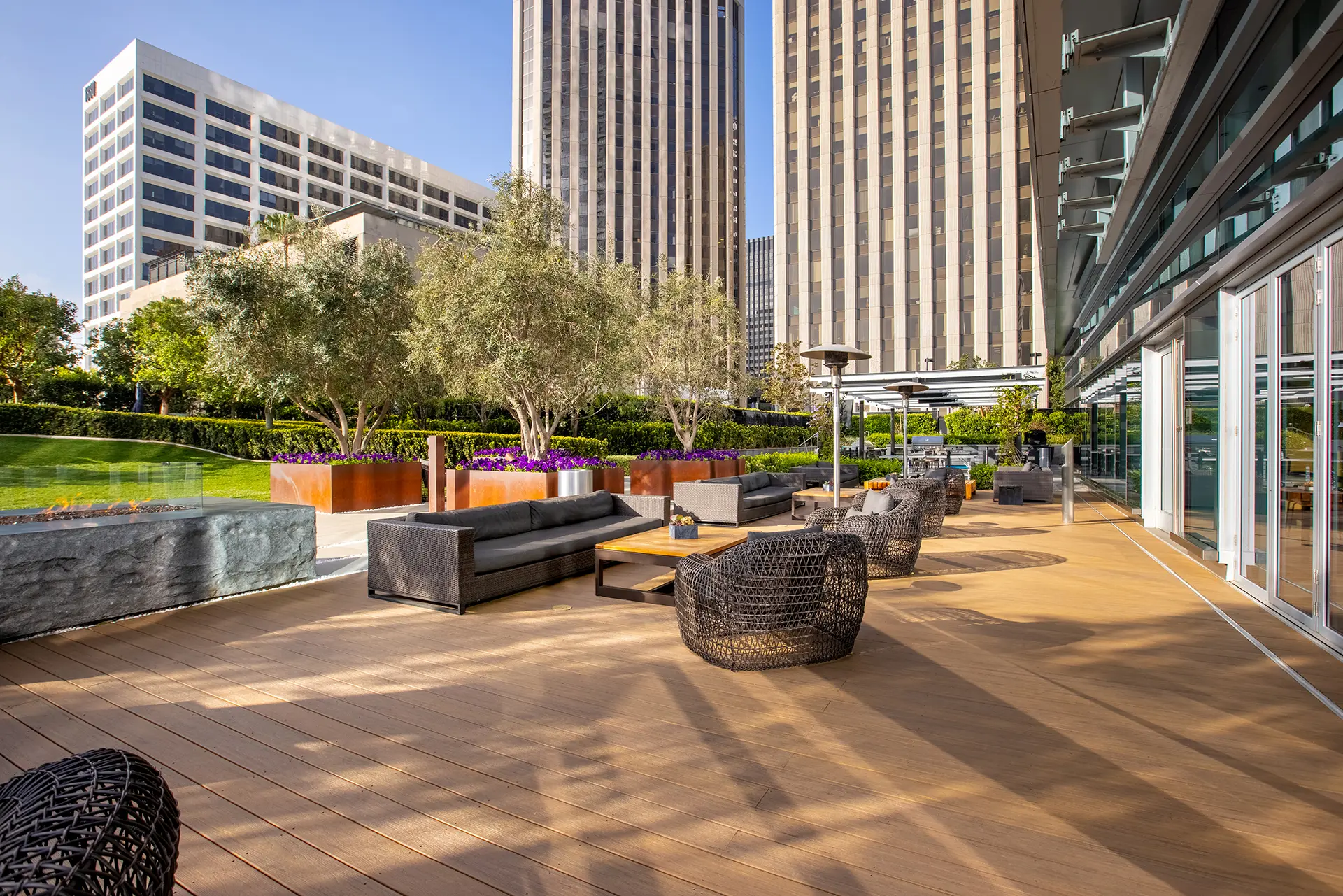
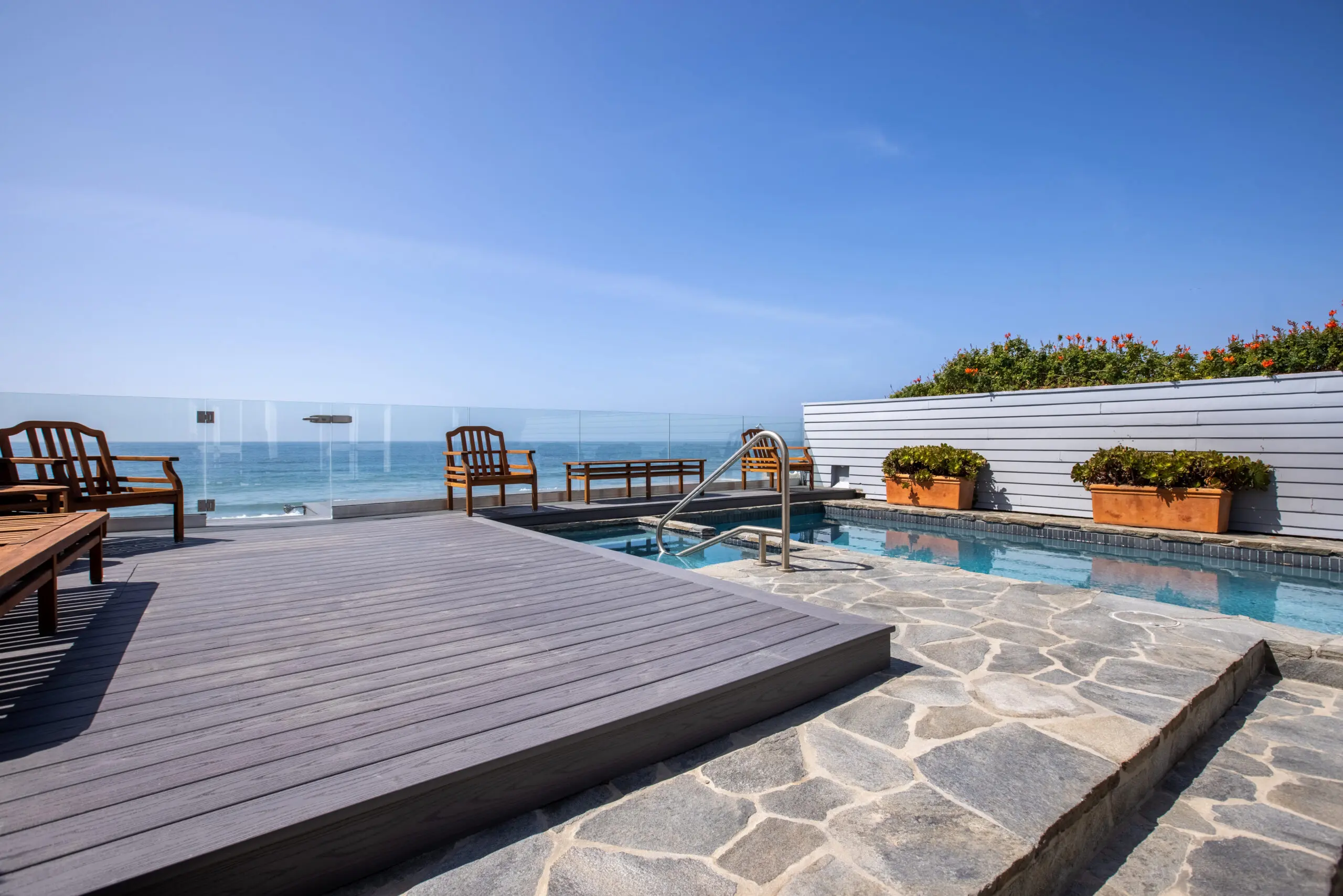




Some decking projects call for materials beyond traditional wood or standard composite — products engineered for advanced performance and long-term sustainability. These alternatives include thermally modified woods, hybrid composites, and eco-conscious innovations designed to withstand the elements while maintaining a refined, architectural appearance. Ideal for modern decks that demand durability, dimensional stability, and low maintenance, these materials deliver lasting beauty without compromise.
